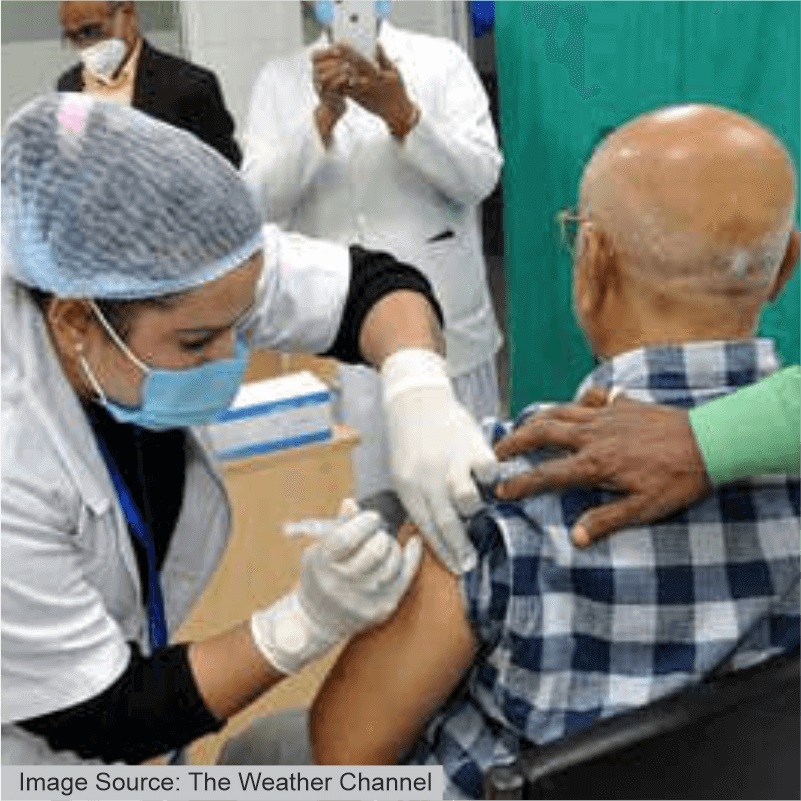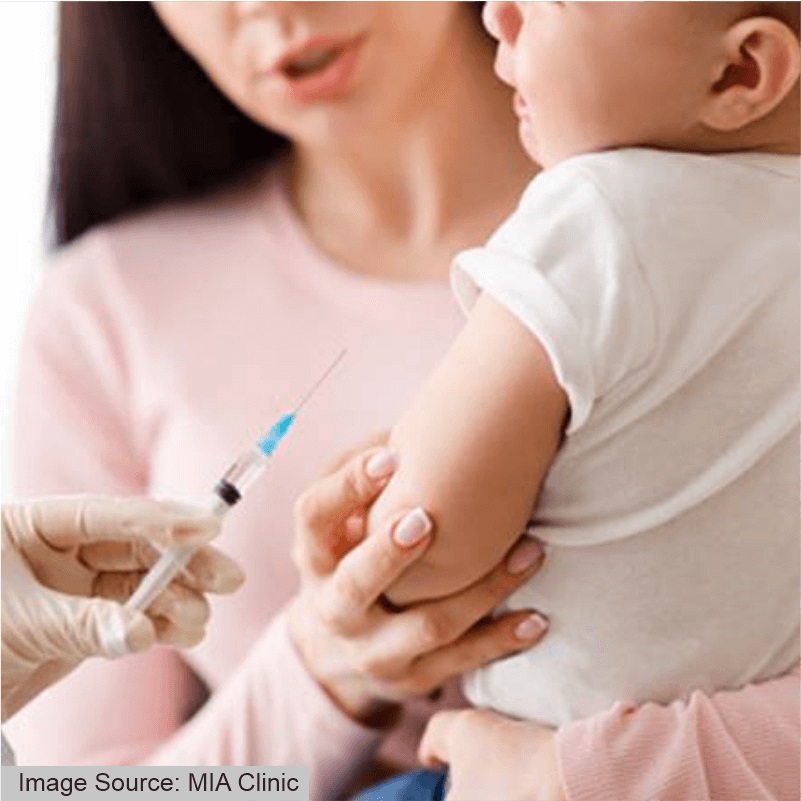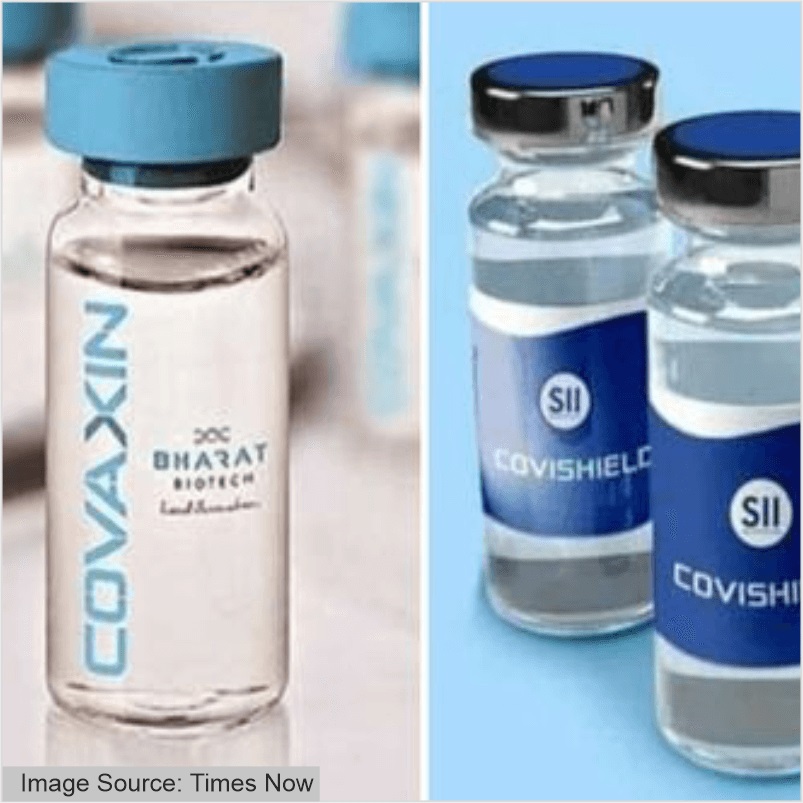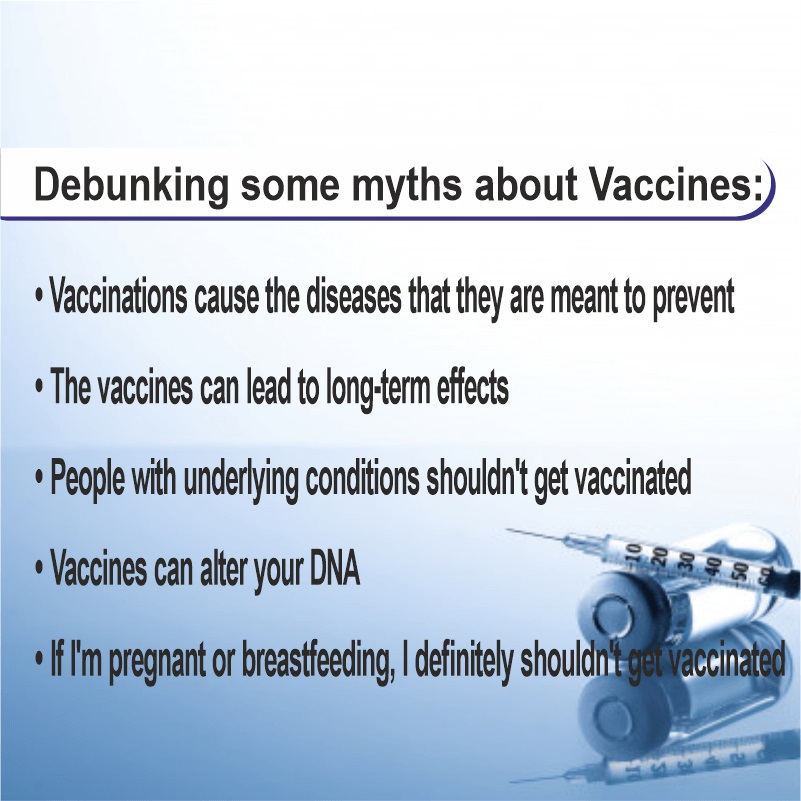World Immunization Week is celebrated in the last week of April, every year. It is a public health campaign to raise awareness and increase immunization rates against vaccine-preventable diseases across the globe. The World Health Organization (WHO) measures active immunization currently prevents 2 to 3 million deaths every year. Inadequate immunization coverage rates often occur from limited resources, competing for health priorities, careless management of health systems, and inadequate surveillance. The goal of World Immunization Week is to promote public recognition of how immunization saves lives. It also aims to support people everywhere to get the vaccinations needed against deadly diseases for themselves and their children. According to WHO, in 2019 itself, 20 million children missed out on life saving vaccines for measles, diphtheria, and tetanus.
With the WHO's theme, "Vaccines Bring Us Closer", World Immunization Week 2021 (April 24th-30th) will show how vaccination connects us to the people, goals, and moments that matter to us most, helping improve the health of everyone, everywhere throughout life. Another study by WHO shows that immunization currently prevents 2-3 million deaths every year.
Importance of a vaccine:

A vaccine activates our immune system without making us sick. Many critical infectious diseases can be prevented in this simple and efficient way. Vaccinations are an important part of family and public health. They prevent the spread of contagious, dangerous, and deadly diseases, like measles, polio, mumps, chickenpox, whooping cough, diphtheria, and HPV, among others.
Every individual must be vaccinated. It is recommended to be correctly immunized as suggested by doctors. This can start from infancy and continue till adulthood, depending on immunization schedules available widely. These schedules list what vaccines are needed, and at what age they should be given. Most of these are childhood vaccines. It’s recommended they receive 14 different vaccines by their 6th birthday. Some of these come in a series of shots. Some vaccines are combined so they can be given together with fewer shots.
12 Must-Have vaccines for Children:

1) BCG
2) Hepatitis-B
3) OPV
4) DPT
5) IPV
6) HIB
7) Rota V
8) PCV
9) MMR
10) Typhoid
11) Hepatitis-A
12) Varicella (chickenpox)
COVID-19 Vaccination Drive

In times of the pandemic, governments all over the world have started with vaccination drives. The COVID-19 vaccine is developed as a preventative care measure, after immense research by scientists worldwide. Developing immunity through vaccination means there is a reduced risk of developing the illness and its consequences. This immunity helps to fight the virus if exposed. Getting vaccinated may also protect people around us from getting infected. This is particularly important to protect people at increased risk for severe illness from COVID-19, such as healthcare providers, older or elderly adults, and people with other medical conditions.
According to the Indian government, even after receiving the COVID-19 vaccine, one must continue taking all precautions like the use of face cover or masks, hand sanitization, and maintain distancing (6 feet or Do Gaj). These safety protocols must be followed both at the vaccination site as well as in general.

According to some FAQs answered by the Government of India, it is advisable to receive a complete schedule of COVID-19 vaccine irrespective of past history of infection with COVID-19. This will help in developing a strong immune response against the disease. You would be required to register in order to receive the vaccine doses. The eligible beneficiaries can register themselves on the government’s app for the Covid-19 vaccination drive, Co-WIN, or the official site : cowin.gov.in Once the registration is completed, the application will show the government and private hospitals serving as COVID Vaccination Centres (CVC) with the available schedules.
You would be given an option to choose the CVC of choice and book an appointment for vaccination. The vaccination will be free at the government facilities and paid at private facilities. The government has capped the price at private hospitals at ?250 per shot for the vaccine. The COVID-19 vaccine recipients may not be able to pick and choose among the two vaccines available in India — Bharat Biotech’s “Covaxin” and Oxford-AstraZeneca’s “Covishield”, which is manufactured by the Serum Institute of India (SII). The Photo ID produced at the time of registration must be produced and verified at the time of vaccination. This can be your Aadhar card, Driving License, Health Insurance Smart Card issued under the scheme of Ministry of Labour, Mahatma Gandhi National Rural Employment Guarantee Act (MGNREGA) Job Card, Pass Book, Voter ID or Pension Document.

